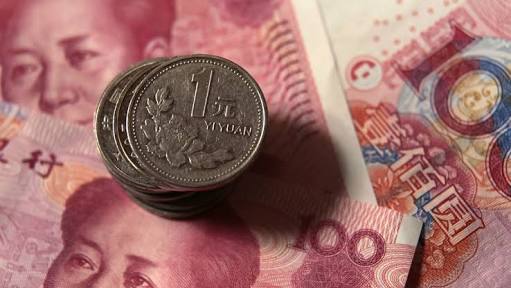By Rajashree Kundalia
The Yuan was added in the SDR basket at the time of the Executive Board’s decision on 30th November, 2016 and the new basket was made effective on 1st October, 2016.
What is SDR
The Special Drawing Right (SDR), which also serves as the unit of account of the IMF and some other international organizations, is an international reserve asset created by the IMF in 1969 to supplement the existing official reserves of member countries. SDRs are allocated to member countries in proportion to their IMF quotas. The value of the SDR is defined using a basket of major currencies, which are selected based on their importance in the world’s financial and trading systems. SDR was introduced because the international supply of two key reserve assets, gold and the US Dollar proved inadequate for supporting the expansion of world trade and financial flows. The IMF Executive Board reviews the composition of the SDR basket every 5 years in order to reflect major changes in the roles of various currencies in the global economy.
Criteria for inclusion in SDR
The current criteria for inclusion of a currency in the SDR basket as adopted by the Board in 2000 is that the SDR basket comprises of the currencies that are issued by the members or monetary unions whose exports had the largest value over a five year period, and have been determined by the IMF to be “freely usable”.
A ‘freely usable’ currency is defined in the IMF’s Articles of Agreement (Article XXX(f)) as a currency that the IMF determines:
- is widely used to make payments for international transactions, and
- is widely traded in Principal Exchange markets.
The ‘freely usable’ concept plays a central role in the IMF’s financial operations. It seeks to ensure that a member can use the currency received from the IMF either directly or indirectly, i.e. by exchanging it into another currency without any disadvantage, to establish a balance of payment situation.
It is clear from the aforementioned details how a currency enters the SDR basket.
Therefore, it can be concluded that the Chinese Renminbi met all the conditions and operational requirements for being determined ‘freely usable’ and to be added to the SDR basket.
This is for the first time that a new currency has been added to the basket since the Euro replaced the French franc and Deutsche mark in 1999. Henceforth, the value of SDR is based on a basket of five major currencies- the US Dollar, Euro, Chinese Renminbi, Japanese Yen and Pound Sterling.
The Yuan
According to Siddharth Tiwari (Director of the IMF’s Strategy, Policy and Review Department), “RMB’s inclusion is an important milestone in the integration of the Chinese Economy with the global economy.” Since Yuan has entered the SDR basket, it is evident that Yuan is freely usable and this means that China is expanding as far as global trade is concerned. Moreover, there is a substantial increase in the international use and trading of Renminbi.
The IMF Executive Board’s decision to include the RMB was taken in context of the Review of the Method of Valuation of SDR, which takes place every 5 years, in order to review the election criteria for currencies that should be a part of the basket, the election of currencies, the weighting methodology and the composition of the basket. The IMF adopted a new formula for determining currency weights in the SDR baskets to address long-recognized issues with the formula that had been in place since 1978. This formula assigns equal shares to the currency issuer’s exports and a composite financial indicator.
The method of valuation is determined by a 70% majority of the total voting power, provided that an 85% majority is required for (i) a change in the principle of valuation, or (ii) a fundamental change in the application of the principle in effect.
Benefit to China
The inclusion of Yuan in the SDR basket consolidates the RMB’s internationalization process by developing deep and liquid financial markets, achieving a certain degree of openness of the capital account, delivering predictable macroeconomic outcomes, strong and credible institutions and securing integrity of the markets.
Thus, it can be concluded that the inclusion of Yuan in the SDR will have long term benefit for the Chinese economy and consequently the global economy.




